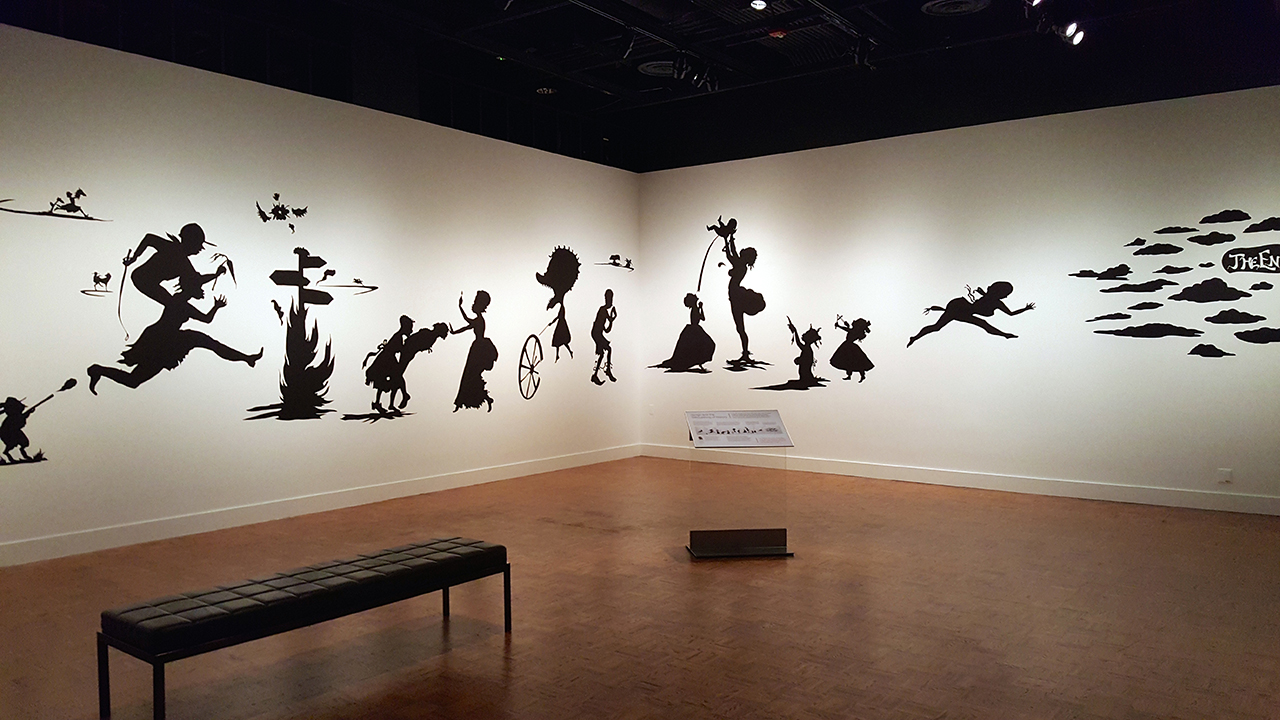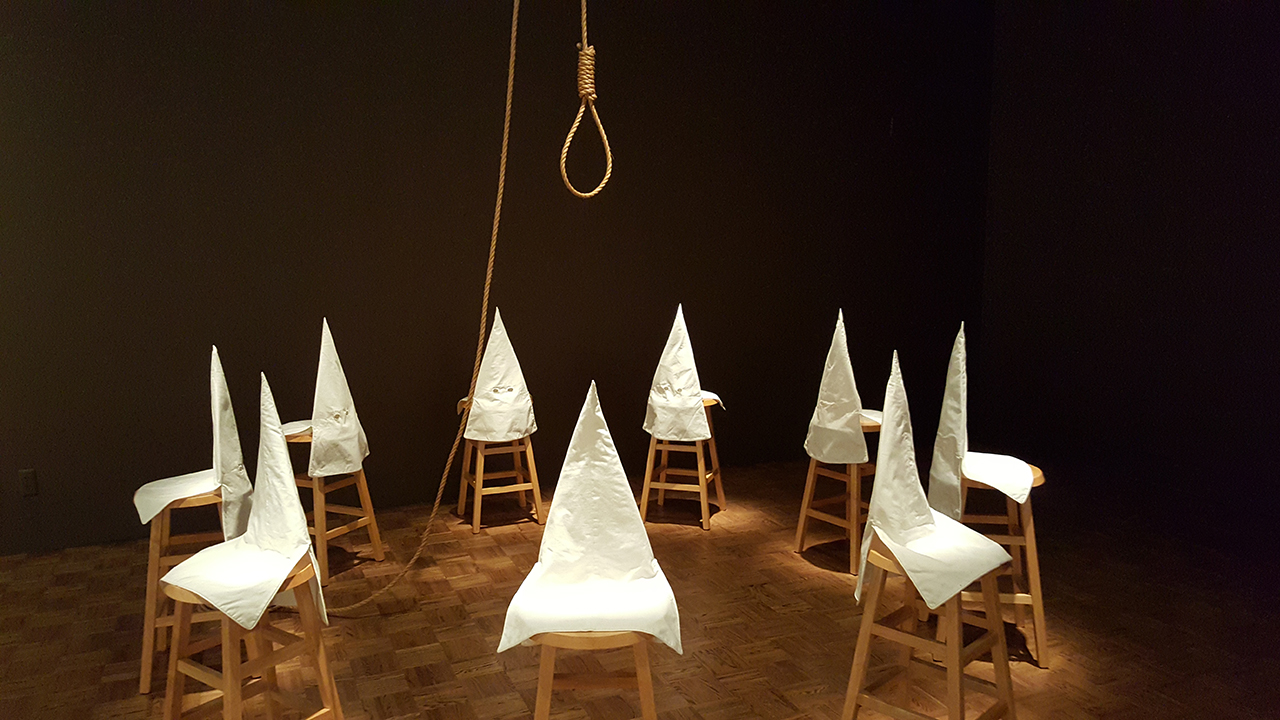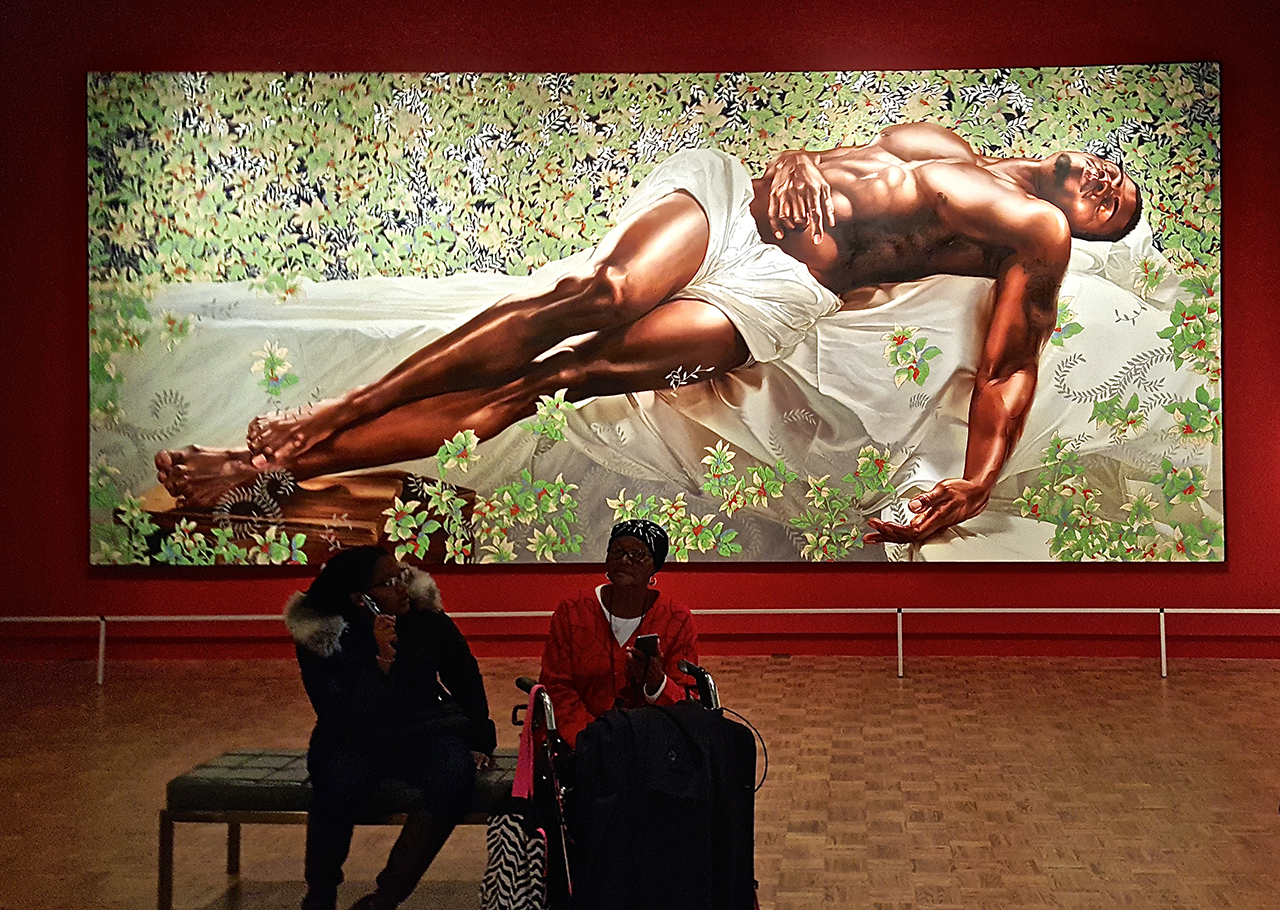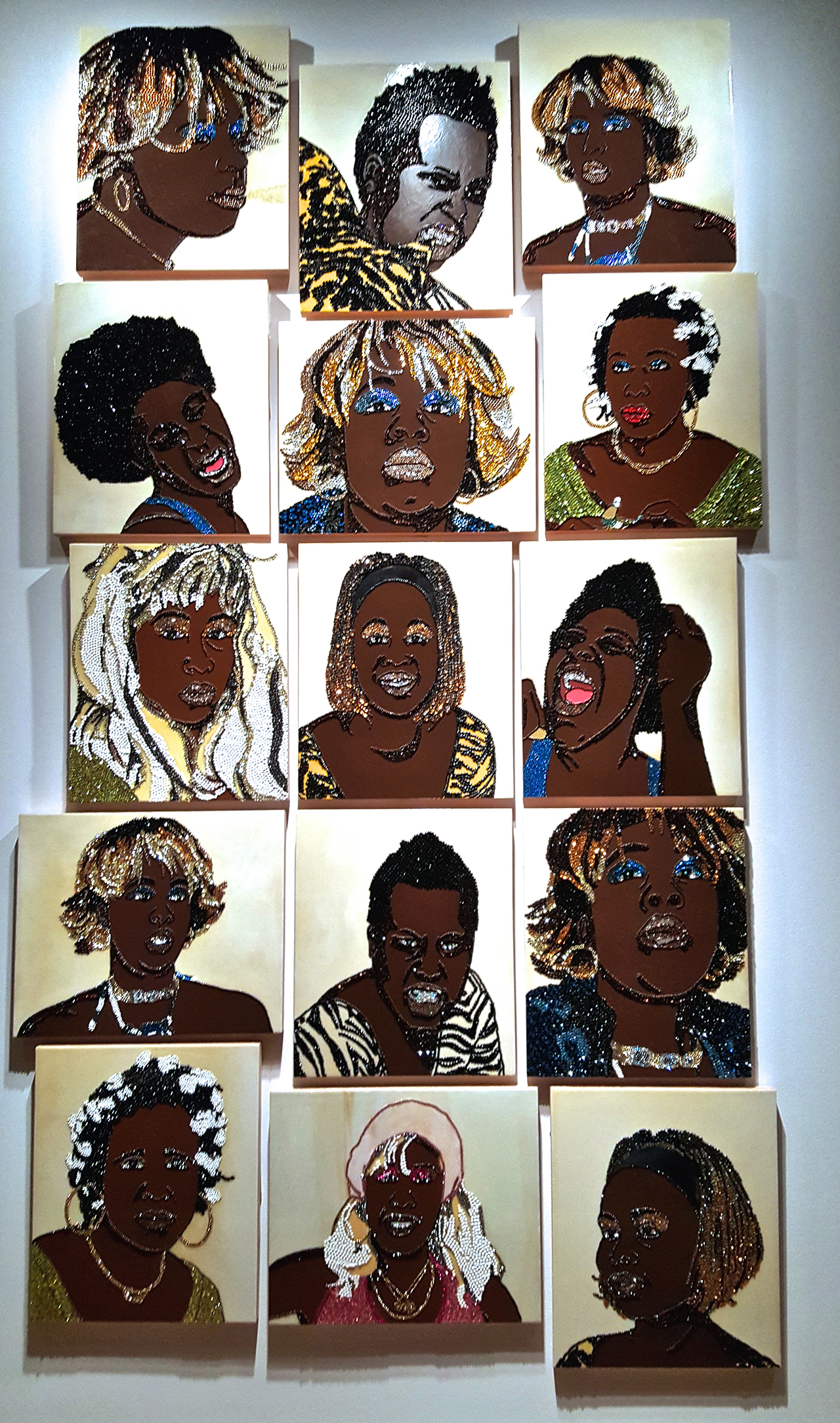
’30 Americans’ brings bold work from the Rubell Family Collection to the Detroit Institute of Arts
Photo: “Camptown Ladies” by Kara Walker.
Knight Foundation recently supported the Detroit Institute of Arts to open its latest exhibit, “30 Americans,” free to the public on select weekends, so that it can reached the broadest audience possible.
“30 Americans” opened its three-month, special exhibition run at the Detroit Institute of Arts last week with fanfare and a diverse set of attendees to its community celebration night. Some among the crowd were gathered to get the first glimpse of the show, which originated in 2008 as a survey of 30 African American artists within the Rubell Family Collection, a private museum located in the Knight city of Miami. Members of the Rubell family were on hand for a lecture during the week of opening festivities, as was contributing artist Hank Willis Thomas, who spoke about the interaction between art and society, and whose piece in the show, “Branded Head” (2003), draws a connection between the literal and figurative branding that is inflicted upon people within our culture.
There is much food for thought within “30 Americans,” and the DIA has extended every effort to surround this challenging subject matter with a great deal of context. The exhibit is broken into seven sections, grouped under keywords: Defying, Sampling, Freestyling, Confronting, Signifying, Transforming and Representing. This represents an attempt on the part of the museum’s Interpretive staff to characterize works that are, at times, full of indisputably loaded subject matter, in a way that makes them accessible to viewers of all backgrounds.

“Duck, Duck, Noose” by Gary Simmons.
Such subjects include a circle of chairs wearing Klan hoods surrounding a noose; an entire wall comprised of cotton bales; and “Class of 2007” (2007) by Nina Chanel Abney, which recasts a group of happy young black students as a prison population, being guarded by a blond woman with a steely blue-eyed gaze.
That the DIA is hosting such challenging work demonstrates a shifting set of imperatives for the organization, which has had a Kara Walker piece in its collection since 1996, but has never shown it due to concerns that it is too provocative. Walker is also a contributor to “30 Americans,” and her piece, “Camptown Ladies,” is larger in scale and contains more graphic imagery than “A Means to an End, A Shadow Drama in Five Acts,” the work that the DIA has chosen to keep on ice for the last 20 years. This willingness to bring a discussion of race relations and identity in America to the table is a bold direction for the museum, and one that is appropriate in Detroit, the city of more than 100,000 people that has the largest percentage majority black population in the country, according to 2000 census data.

“Sleep” by Kehinde Wylie.
This reflection of identity extends in a more individuated and apolitical direction as well, with pieces by John Bankston and Kehinde Wiley, which celebrate and venerate black male subjects through engaging cartoonish rendering and pastiched European Classical painting, respectively. Beautiful works by Mickalene Thomas appear throughout the show, but perhaps the best are on a wall of small portraits that visually describe the various alter-egos of the artist. This actualizing of highly personal aspects of an artist or subject’s identity allow for a kind of collective humanization, rather than reduction to type or “representative” culture.

The many faces of “30 Americans” artist Mickalene Thomas.
“Untitled” (2005) by Rodney McMillian is a much-used and stained section of carpet, de-installed from the apartment of the artist’s grandmother and displayed along a wall, unfurling onto the floor toward the viewer. The accumulation of lived experience in this carpet captures a way of building identity that is completely different than those that would normally be considered, and it is one of the most relatable pieces in the show–living up, perhaps more than any, to the titular ambition of presenting “30 Americans” as a normalized part of the culture, rather than stigmatized by racial signifiers.
“30 Americans” is an altogether dynamic and difficult show and, one hopes, the herald of a new era for the DIA that embraces the role of the museum as a place of cultural exchange and communion.
Recent Content
-
Artsarticle ·
-
Artsarticle ·
-
Artsarticle ·

